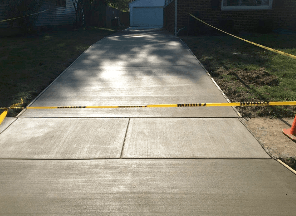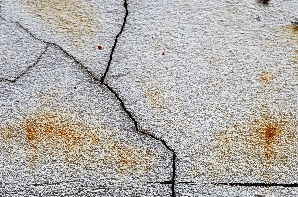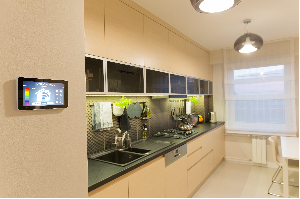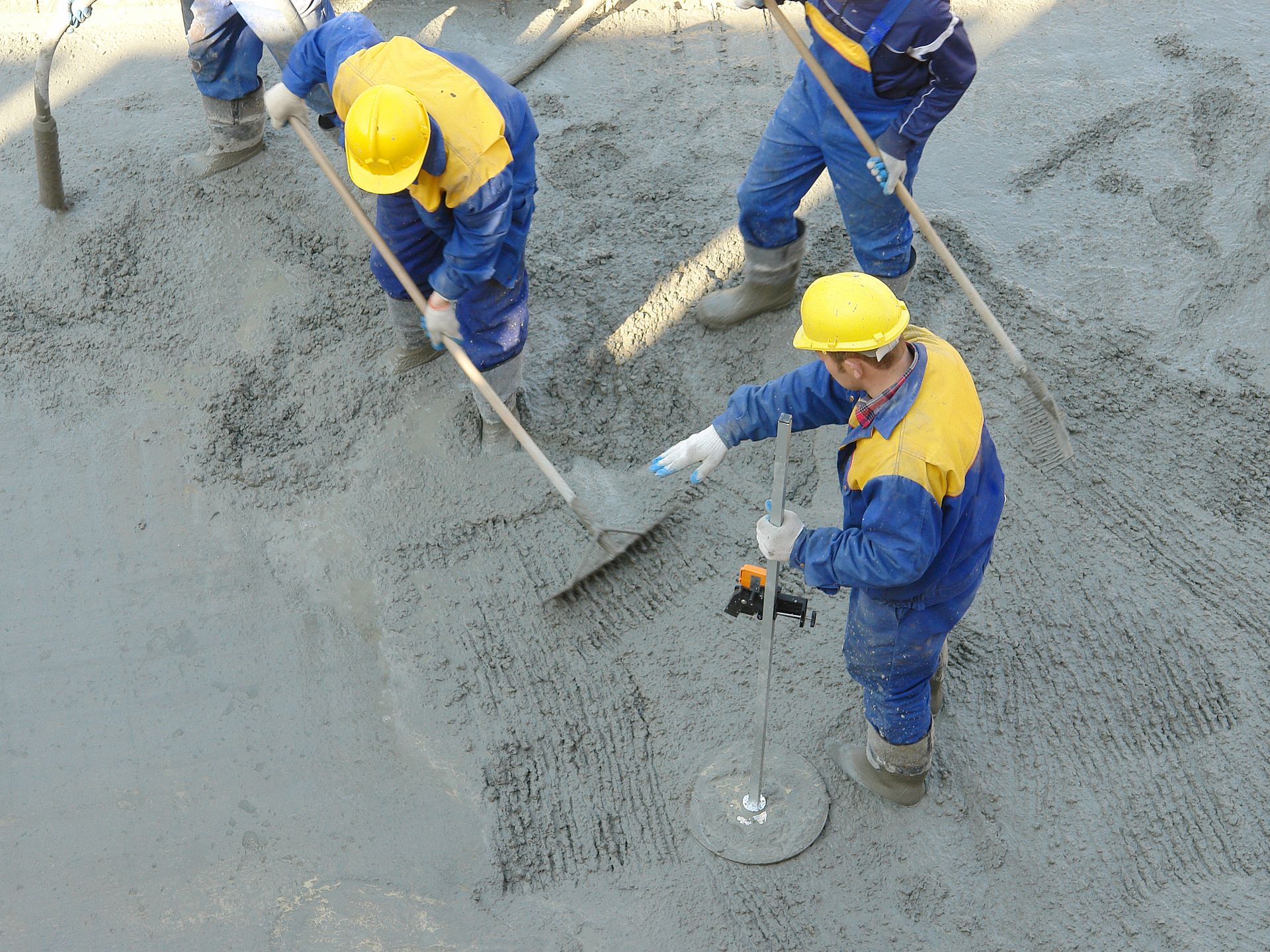CHOOSING THE RIGHT CONCRETE SEALER FOR YOU
- By Southport Concrete Corp.
- •
- 20 Jul, 2018
- •
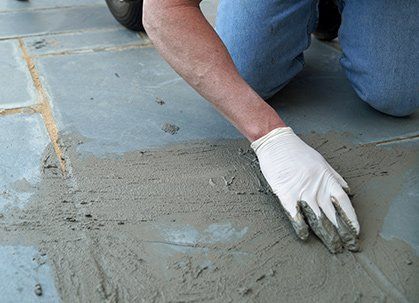
Concrete holds a special place in the hearts of home and business owners alike, thanks to its incredible durability and lifespan. Yet that doesn't mean that concrete isn't susceptible to developing problems as time goes on. Cracks and spalling can quickly undermine the structural integrity of a concrete surface, if not carefully protected against.
One of the best ways to prevent premature breakdown of concrete involves applying the substance known as a concrete sealer. Of course, to get the right results, you'll need to select the most appropriate type of sealer. If you would like to improve your knowledge of concrete sealers, read on. This article will discuss two key factors to consider in deciding on the right sealer for you.
Safety
When applied correctly, virtually any type of concrete sealer will protect your surface from undue wear and tear. Yet the same can't always be said for the concrete sealer's effect on you and your family. You must appreciate the fact that a sealer will alter the traction - and hence the safety - of your concrete.
The important variable is thus how much the sealer will reduce traction. The thickness of the sealer plays a huge role in this determination. Generally speaking, the thicker the sealer, the less traction it will yield. The further the top of the sealer gets from the rough and stubbly surface of the concrete, the smoother and flatter it will be.
To a certain degree, however, this depends on the original texture of the concrete. More highly textured concrete, for instance, broom-finished concrete, will continue to impact the texture of the sealer at a greater depth. Be sure to discuss your traction needs with your concrete contractor, in order to determine the best possible tradeoff between thickness and traction.
Also, keep in mind that you can increase traction at any sealer thickness through the application of surface additives like sand and plastic grit. A contractor broadcasts such substances across the surface of the still wet sealer. As the sealer dries, the particles become stuck in the surface, thus imparting a great degree of grip.
This method has one drawback in that the filler does tend to come loose as time goes on, meaning the sealer will gradually lose its traction.
Appearance
Most of the concrete sealers on the market today have acrylic resin as their number one ingredient. Yet a variety of secondary substances are also used to alter the sealer in terms of behavior, application time, and appearance. Silicone, epoxy, and polyurethane all fall into this category.
Where appearance is concerned, the most common variable at play is gloss. Concrete contractors rate gloss using a 0 to 100 scale. A sealer whose gloss level is zero will be perfectly matte - in other words, it's surface will reflect the lowest possible level of light. The higher the gloss rating, the more reflective and glossy it will become.
Be sure to discuss your appearance needs with your contractor in order to determine the most appropriate level of gloss. Outdoor applications generally benefit from a lower gloss rating, to cut down on unwanted glare. A higher gloss, on the other hand, will help to enhance the features of indoor and/or decorative concrete.
Professional Installation
Sealer represents the best way to protect your investment in a concrete surface, whether its purpose is practical or decorative. Of course, to ensure best results, you will need to have your sealer installed by a professional with the requisite knowledge and experience. If you would like to learn more about what type of sealer is best suited for your needs, please don't hesitate to contact the experts at Southport Concrete Corp.
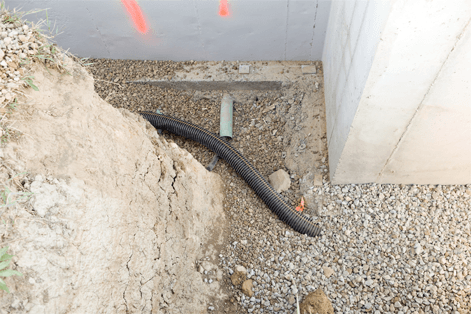
- Cost effective: When anything is manufactured on a massive scale, your costs decrease substantially from having something custom poured.
- Superior quality: Being pre-cast, pilings are checked for every sort of defect before being installed, giving them an additional safety advantage.
- Underwater usage: There are several instances in which the pouring of concrete in certain types of subsoil or other environments won’t set. The use of formed piles easily takes care of that issue.
- Convenience: With a wide selection of piles all ready to go, you are able to select what you need and install them at your convenience.
- Adaptability: Trying to pour the exact shape you need is a thing of the past with concrete pilings available in square, round, octagonal and other shapes.
- Incredible strength: Because of the nature of the piles, the reinforcement used inside is more likely to stay put without getting disturbed or moving its place. They also have high bending and lateral resistance to hold their strength in adverse conditions.
- Eco friendly: With no leftover materials to clean up at the installation site, piles are the most environmentally friendly option when supporting your foundation and in other applications, such as retaining walls, embankments and cofferdams.
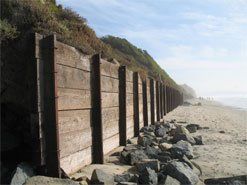
- Curved
- Vertical
- Mound
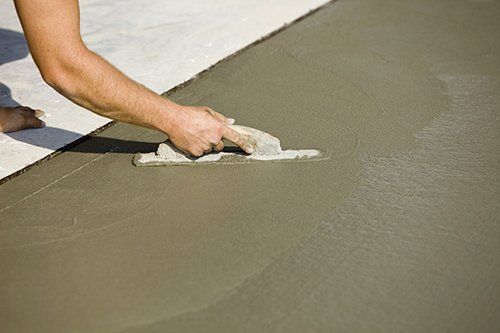

Although the terms cement and concrete are often used interchangeably, cement is actually an ingredient in concrete.
Concrete is basically a mixture of paste and aggregates. The aggregates are crushed stone or sand and gravel; the paste is made of water and Portland cement. Concrete material happens to get stronger as it gets older. Portland cement is not the name of a particular brand of cement; it’s the generic term for the type of cement utilized in almost all concrete (ex: stainless is a type of steel and sterling is a type of silver).
Pervious concrete, also known as "green concrete," is a choice that helps combat building code issues with storm water run-off.
Cement is composed of 10 to 15 percent of the concrete mix, by volume. Then through a process called hydration, the cement and water harden and bring together the aggregates into a rocklike form. This developing and hardening process continues for years, again meaning that concrete gets stronger as it gets older.

